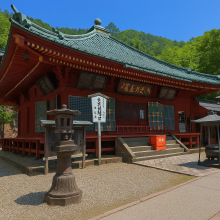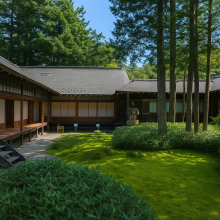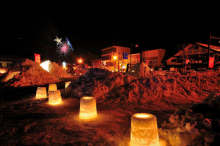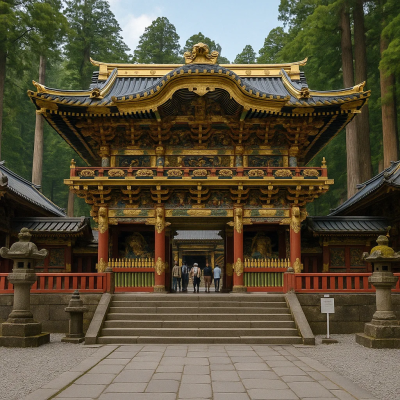
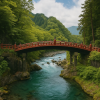
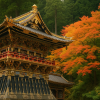
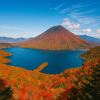
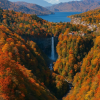
Nikko Travel Tips
Nikkō (日光), a picturesque mountain town nestled in Tochigi Prefecture, offers a perfect harmony of spiritual significance and natural beauty. Located at the gateway to Nikkō National Park, it is home to the world-renowned Tōshōgū Shrine, a UNESCO World Heritage site. This shrine, a testament to the grandeur of the Edo period, is dedicated to Tokugawa Ieyasu, the founder of the Tokugawa shogunate. Visitors are captivated by its lavish decorations, including gold leaf details, intricate wood carvings, and the famous “see no evil, speak no evil, hear no evil” monkeys. The ornate architecture and sacred atmosphere reflect Nikkō's deep spiritual roots, where both Shintō and Buddhist traditions converge. Surrounded by dense forests, serene lakes like Lake Chūzenji, and striking waterfalls such as Kegon Falls, Nikkō provides a tranquil setting for exploration. Adventurers can traverse scenic hiking trails that lead through cedar forests, marshes, and alpine meadows, with opportunities to encounter wildlife such as monkeys and seasonal birds.
Nikkō’s natural allure is particularly stunning during the autumn months, when the region becomes a top destination for kōyō (fall foliage viewing). The vibrant autumn colors begin to appear in early October in areas like Yumoto Onsen and the Oku-Nikkō Highlands, gradually making their way through Ryūzu Falls and Lake Chūzenji by mid-October. By early November, the town's central areas, including the temple precincts, are ablaze with hues of red, orange, and gold, creating a breathtaking landscape. The winding Irohazaka Road offers visitors scenic drives with sweeping views of the surrounding mountains, especially vivid during the fall. In addition to the natural wonders, Nikkō boasts traditional onsen baths where visitors can unwind, as well as charming ryokan inns, craft shops, and cozy cafés near the iconic Shinkyo Bridge, completing a serene, culturally rich experience.
Getting around
In Nikkō, there are two train stations—Tōbu-Nikkō and JR Nikkō—located just 200 meters apart. The town’s famous shrines and temples, including Tōshōgū and Rinnō-ji, are situated about two kilometers northwest of the stations. These landmarks can be reached by bus in around 10 minutes (¥350 one-way or ¥600 for a day pass), or you can take a 30–40 minute walk along the main street.
To reach the temple area, you can take regular buses heading to Lake Chūzenji, which stop at Shinkyō Bridge and Nishi-Sandō. Another convenient option is the World Heritage Meguri Loop Bus, which runs every 10–20 minutes and stops closer to the main sites. If you’re traveling farther, such as to Lake Chūzenji (about 50 minutes, ¥1,250) or Yumoto Onsen (80 minutes, ¥1,950), special 2-day bus passes are available for ¥2,300–¥3,500. Most buses are covered by the Nikkō rail passes. It’s advisable to avoid weekends during the autumn foliage season, as traffic can become extremely heavy.
Discount passes
Attractions
See all →-
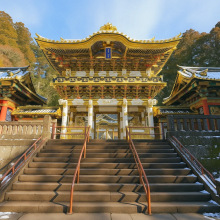 1ShrineToshogu Shrine
1ShrineToshogu ShrineLavish carvings, Tokugawa Ieyasu’s legacy
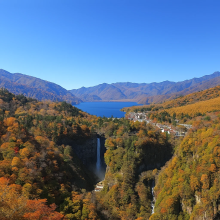 2WaterfallKegon Waterfall (Kegon no taki)
2WaterfallKegon Waterfall (Kegon no taki)Famous for its height and seasonal beauty
 3LakeLake Chuzenji (Chuzenjiko)
3LakeLake Chuzenji (Chuzenjiko)Scenic lake, waterfalls, autumn colors
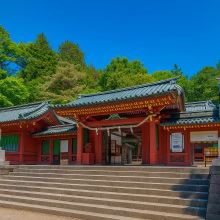 4ShrineFutarasan Shrine (Futarasan Jinja)
4ShrineFutarasan Shrine (Futarasan Jinja)Sacred shrine, historic site, mountain worship
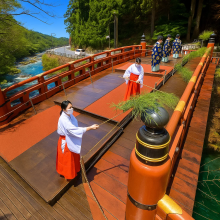 5AttractionShinkyo Bridge
5AttractionShinkyo BridgeHistoric sacred bridge in Nikko
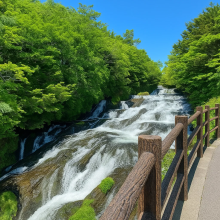 6WaterfallRyuzu Waterfall (Ryuzu no taki)
6WaterfallRyuzu Waterfall (Ryuzu no taki)Dragon-shaped waterfall, stunning autumn colors
 7ShrineIemitsu Mausoleum (Taiyuin)
7ShrineIemitsu Mausoleum (Taiyuin)Mausoleum of Tokugawa Iemitsu
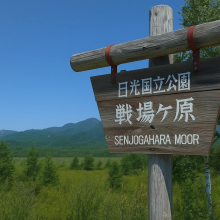 8NatureSenjogahara Marsh
8NatureSenjogahara MarshBeautiful hiking and autumn scenery
Events
-
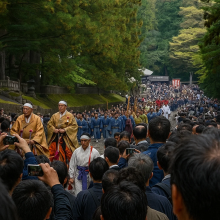 110-16EventNikko Grand Autumn Festival
110-16EventNikko Grand Autumn FestivalEdo Period reenactment and Yabusame
Itineraries
-
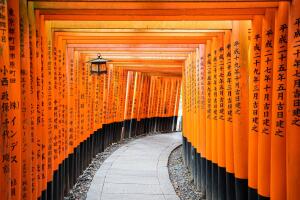 14 days in Japan Itinerary 14 Days $3500
14 days in Japan Itinerary 14 Days $3500 -
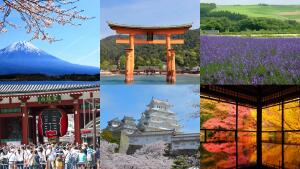 10 day itinerary to Tokyo,Osaka and Kyoto 10 Days $2500
10 day itinerary to Tokyo,Osaka and Kyoto 10 Days $2500 -
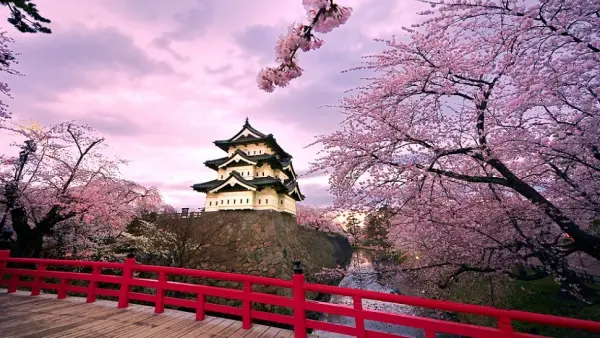 Discovering Japan's Must-See Spots in 21 Days 21 Days $2500
Discovering Japan's Must-See Spots in 21 Days 21 Days $2500 -
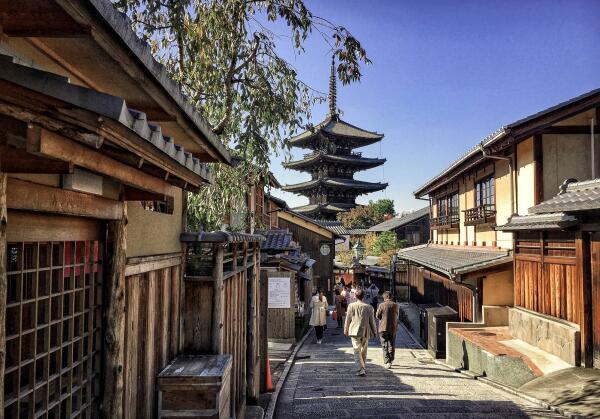 Discovering Japan's Beauty in 21 Days 21 Days $5000
Discovering Japan's Beauty in 21 Days 21 Days $5000 -
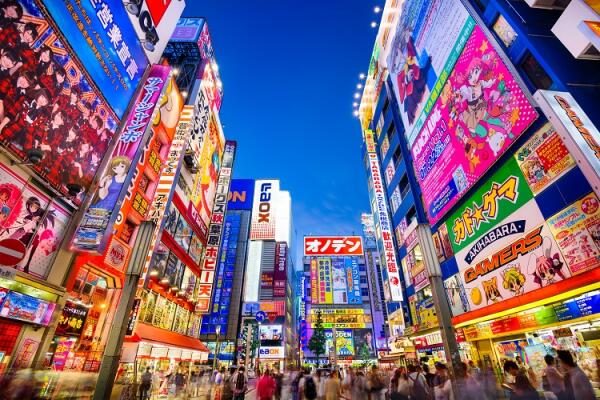 7-day itinerary for Japan 7 Days $2500
7-day itinerary for Japan 7 Days $2500 -
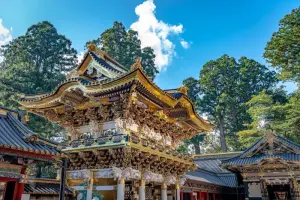 2-day itinerary for Nikko from Tokyo 2 Days $200
2-day itinerary for Nikko from Tokyo 2 Days $200 -
 A Week of Exploring Hakone, Nikko, and Tokyo 7 Days $1500
A Week of Exploring Hakone, Nikko, and Tokyo 7 Days $1500 -
 Discovering Tokyo, Nikko, and Hakone in 5 Days 5 Days $1000
Discovering Tokyo, Nikko, and Hakone in 5 Days 5 Days $1000 -
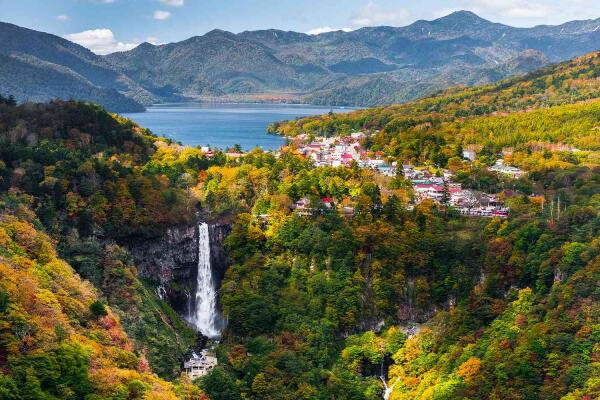 Experience the Best of Japan in 11 Days 11 Days $1500
Experience the Best of Japan in 11 Days 11 Days $1500
Nearby
See all →-
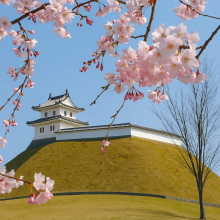 1Utsunomiya
1UtsunomiyaRenowned for its delicious gyoza
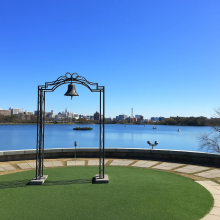 2Mito
2MitoKairakuen Garden and natto culture
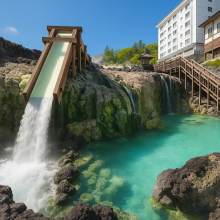 3Kusatsu Onsen
3Kusatsu OnsenHealing hot springs, mountain retreat, nature
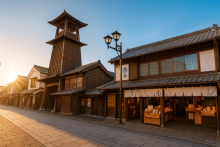 4Kawagoe
4KawagoeHistoric Edo-style streets near Tokyo
 5Saitama Prefecture
5Saitama PrefectureKnown for parks, museums, and shopping
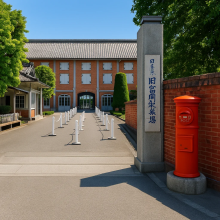 6Tomioka
6TomiokaBirthplace of Japan’s silk industry
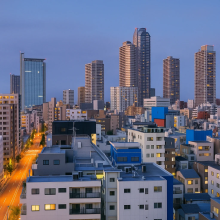 7Kawasaki
7KawasakiCoastal city between Tokyo and Yokohama
Reviews
-
5/5 - Excellent
Nikko is a must-see destination for anyone visiting Japan. The historic shrines and temples, especially the UNESCO World Heritage sites like Toshogu Shrine, are incredibly beautiful and offer a deep dive into Japan’s rich cultural heritage. The natural scenery around Nikko is equally stunning, with places like Kegon Waterfall and Lake Chuzenji offering serene, picturesque landscapes. Whether you're exploring the ancient shrines or hiking the lush trails, Nikko has something for everyone. It's a peaceful escape from the bustling city life, perfect for history and nature lovers alike.
9 months ago — by Wesley
Write a review
